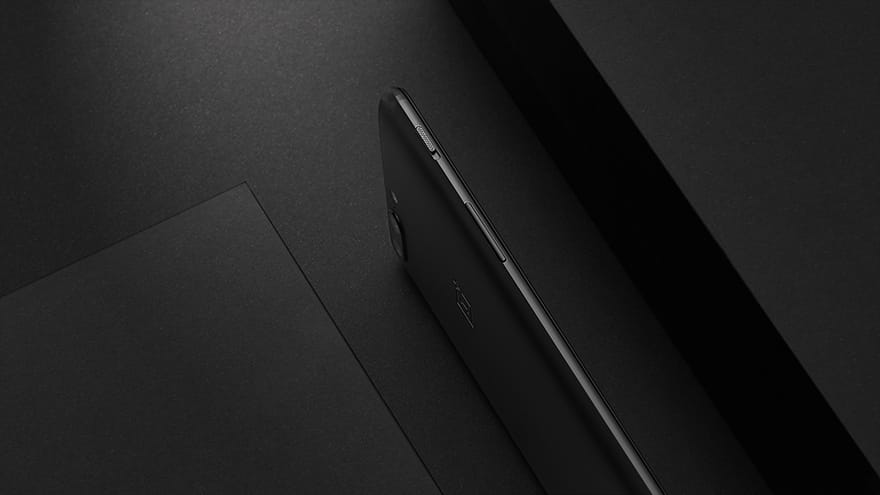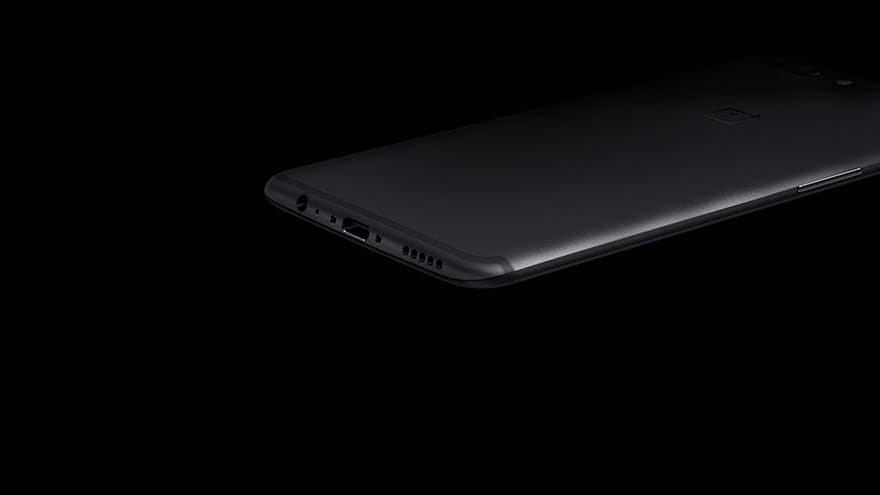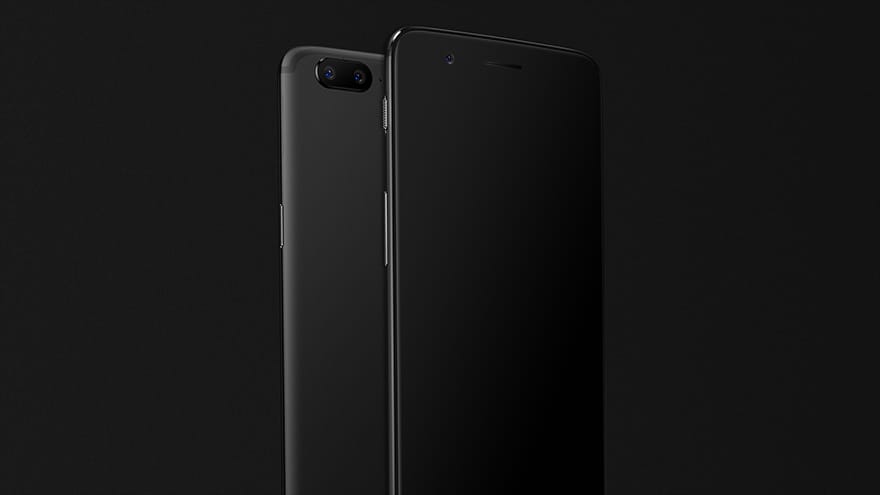Samsung has been in the smartphone game for ages and compared to that, OnePlus is a new kid on the block. In terms of infrastructure and resources, OnePlus still lags a lot behind the Korean electronics giant. But, OnePlus has instead, put in all of its efforts onto a single flagship per year. The Chinese OEM focuses on delivering a unique product without having to compromise on other areas.
Samsung, on the other hand, has a lot of freedom and resources to cater to all sorts of audience. And it is obviously their flagship, Galaxy S8, which has gotten a ton of care and attention while Samsung designed it.
Design
Straight of the bat, the Galaxy S8 wins this round, no question about that. With this year’s flagship, a part of the highlight went into the large 5.8-inch QuadHD display. Well, if you haven’t already seen the device, it has a near bezel-less front with an 83% screen to body ratio.

Both devices have AMOLED displays so in that aspect they are pretty well off. Though the OnePlus 5 may have a more straight forward approach in designing the device, the company is more about delivering the right software experience than it is about aesthetics.
Read: OnePlus 5 undergoes a brutal scratch, burn, and bend test in a video
RAM
With 8GB RAM, the OnePlus 5 is clearly better than the Galaxy S8 with 4GB of RAM. To be honest, 4GB is plenty of RAM to go about your daily tasks. But in case you happen to be a power user, the presence of 6/8GB RAM would find a good amount of use. Games and VR related content are expected to make use of the larger amount of RAM. All the same, the Galaxy S8 Plus has a 6GB RAM option.
Processor
Both the Galaxy S8 and the OnePlus 5 are powered by the Snapdragon 835 SoC but the former smartphone is also powered by the octa-core Exynos 8895 chipset. Benchmarks may reveal a difference, albeit in numbers only. Real world performance for day-to-day usage can be expected to be the same.

Storage
Storage options start at 64GB and max out at 128GB for the OnePlus 5 whereas the Galaxy S8 only comes in the 64GB variant. The S8 Plus, on the other hand, carries 128GB of on board storage with the 6GB RAM option. OnePlus’s flagship handset, the OnePlus 5 sports UFS 2.1 based storage which puts it on par with the Galaxy S8 and S8 Plus (which also have the same storage solution).
Read: How to take screenshot on OnePlus 5
Cameras
Coming to the camera or cameras for the OnePlus 5, for now, the Galaxy S8 has the upper hand. This is simply because of its history with magnificent camera performance over the years. Though OnePlus’ camera tech isn’t the best out there, this time the company has paid a lot more attention to the dual camera on its upcoming flagship.
The CEO, Pete Lau, has even said that the OnePlus will try its best to bring phenomenal camera performance with the OnePlus 5. As we’ve come to learn through years of advancements in camera technology, the Megapixel count isn’t all there is to a camera.

Battery
The Galaxy S8 features a 3000mAh battery pack which can help you get through the day. But then again, that’s barely enough for the user given that the S8 packs in quite a lot of pixels. The S8 Plus has a slightly larger battery at 3500mAh. And it is in between these two devices is OnePlus 5 with a 3300mAh battery.
Read: OnePlus is cheating to get better benchmark scores
Conclusion
At the moment, the Galaxy S8 and S8 Plus have more favor with the crowd. But this is mainly due to the fact that we haven’t seen the OnePlus 5 in person yet. The Samsung flagships have a lot going on too, with the integration of the Bixby assistant and lots of other interesting features.
The OnePlus 5 will be entering territory dominated by the likes of Samsung, Apple, and other OEMs. But at the same time, the company has pushed through this feat for more than three years and has also earned a faithful customer base.
Our only gripe is the 1080p display which went on till the OnePlus 3T. This along with wireless charging are the new additions that people demand for the OnePlus 5.













Discussion